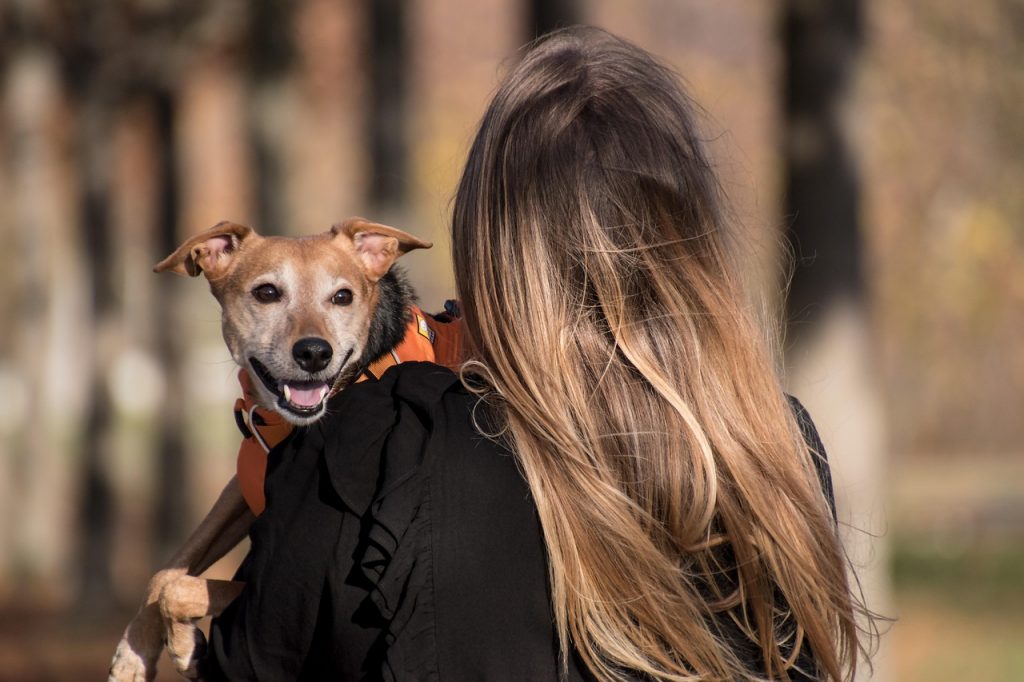
How to Design a Pet-Friendly Home
Introduction
Designing a pet-friendly home is more than just about creating space for your furry friends. It’s about blending their needs with your lifestyle to ensure that both pets and humans can live harmoniously. Whether you’re a dog lover, a cat person, or you have multiple pets, each requires specific considerations in terms of comfort, safety, and accessibility. In this guide, we’ll walk through the essential steps to designing a home that caters to both your pet’s and your own needs.
Why Design a Pet-Friendly Home?
A pet-friendly home isn’t just a trend – it’s a necessity for pet owners who want to make sure their pets are safe, comfortable, and happy. Beyond the practical benefits, a well-designed home can help reduce stress for both you and your pets. Here’s why designing a pet-friendly home should be at the top of your list:
- Comfort for Your Pets: A thoughtfully designed space can make a huge difference in how comfortable your pets feel in your home.
- Safety: Pet-proofing your home can help prevent accidents and injury.
- Convenience: Having pet-friendly furniture, flooring, and spaces saves you time and effort when cleaning and maintaining your home.
- Bonding: A comfortable space helps create an environment where pets and owners can bond.
Assessing Your Pet’s Needs
Every pet is different, and understanding their specific needs is the first step in designing a home that works for both of you. Here’s a breakdown of what you should consider:
Dogs
Dogs need space to roam and play, but they also require a safe, quiet area to rest. The design of your home should include:
- Accessibility: Easy access to food, water, and their favorite spots.
- Comfort: Soft beds, plenty of space for movement, and places to cool down or warm up depending on the weather.
- Safety: Consider things like non-slip flooring and secure spaces to keep your dog safe.
Cats
Cats are more independent but still need thoughtful design. Your home should include:
- Vertical Spaces: Cats love to climb. Adding cat trees or shelves will give them a natural space to explore.
- Scratching Areas: Keep cats entertained and prevent damage to furniture with dedicated scratching posts or pads.
- Comfort Zones: Create quiet nooks for your cats to retreat to when they need some alone time.

Choosing the Right Flooring
When selecting flooring for your pet-friendly home, durability and comfort are key. Here’s a look at the best options:
Hardwoods vs. Carpets
- Hardwoods: Durable and easy to clean, but can be slippery for pets. Consider adding area rugs for added traction.
- Carpets: Soft and cozy, but more difficult to clean, especially with shedding pets or accidents.
Tile and Vinyl Flooring
Tile and vinyl floors are both excellent choices for pet owners due to their durability and ease of cleaning. They’re also resistant to stains and can handle high traffic from pets.
Furniture Selection
Pet-friendly furniture needs to balance durability with aesthetics. Here are some tips for selecting the best pieces:
Pet-Proof Sofas and Chairs
Look for furniture made with durable fabrics that can withstand claws, drool, and shedding. Microfiber and leather are excellent choices as they resist stains and damage.
Multi-Use Furniture
Incorporate pieces that can serve multiple purposes, such as furniture with hidden storage for pet toys, beds that double as ottomans, or sofas with removable, washable covers.
Creating Safe and Comfortable Pet Zones
Designating specific pet zones in your home helps keep your pets comfortable and out of trouble. Consider the following:
Pet Beds and Comfort Zones
Make sure to provide your pets with designated resting areas. Choose beds that are the right size for your pet and are easy to clean.
Cat Trees and Scratching Posts
Cats need to scratch – it’s natural. Make sure to incorporate scratching posts, cat trees, or even cat shelves to give them plenty of opportunities to scratch without destroying furniture.
Protecting Your Home from Pet Damage
Let’s face it – pets can be hard on furniture. But don’t worry, there are solutions.
Pet Barriers and Gates
Pet gates can help you control where your pets can go. They’re great for keeping pets out of sensitive areas like the kitchen or home office.
Covering Furniture and Upholstery
Consider adding slipcovers or washable covers to your furniture. This can protect against scratches, stains, and hair while still looking stylish.

Incorporating Pet-Friendly Décor
When it comes to décor, functionality doesn’t have to sacrifice style. Here’s how to incorporate pet-friendly elements:
Pet-Themed Accents
Pet-themed décor can add a personal touch to your home. Think of quirky pet pillows, prints, or artwork – but don’t overdo it. A few thoughtful touches are enough.
Multi-Functional Décor
Consider décor that serves a dual purpose, like a decorative basket that also stores pet toys or a chic lamp that doubles as a scratch post for your cat.
Outdoor Spaces for Pets
If you have outdoor space, it’s important to design it with your pets in mind. Here are a few considerations:
Secure Fencing and Enclosures
Make sure your outdoor spaces are securely fenced to keep your pets safe. High fences are necessary for dogs, while smaller cats may need a cat enclosure.
Pet-Friendly Landscaping
Be mindful of the plants you choose. Many common plants are toxic to pets, so make sure your garden is safe. Opt for pet-safe landscaping ideas such as grass, sand, and catnip plants.
Conclusion
Designing a pet-friendly home is all about balance. It’s about creating a space that works for both you and your pets, ensuring comfort, safety, and style. From choosing the right flooring to incorporating pet-friendly furniture and creating dedicated pet zones, every step helps improve the quality of life for both you and your furry companions.
зайти в 1вин зайти в 1вин .